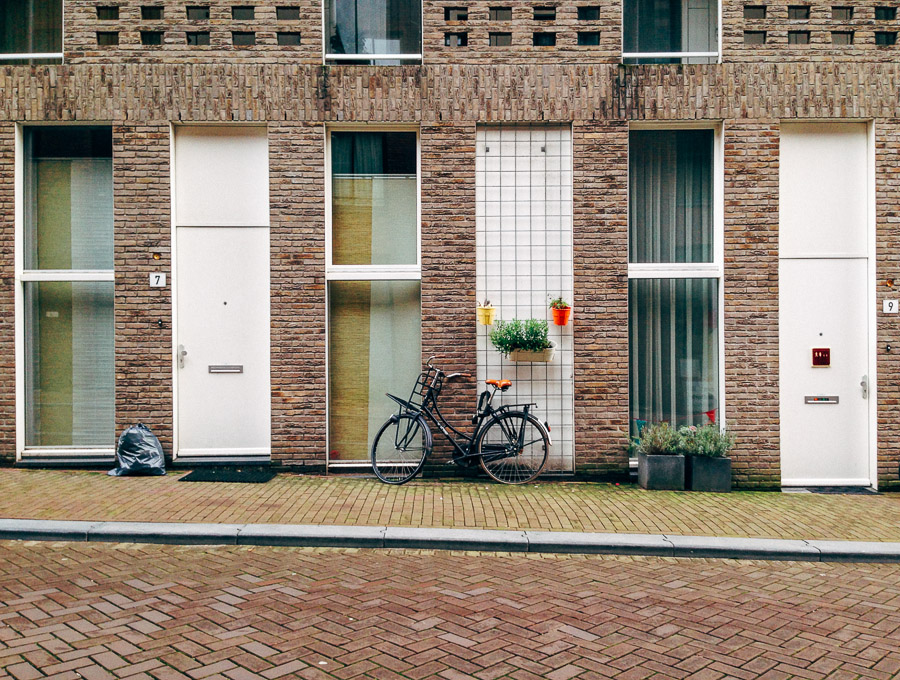Even and odd
Urban planning in India is patchy. Nowhere is this more evident than the way houses are numbered. Whenever we’d visit friends or relatives living in a part of city we hadn’t been to before, the instructions for finding the house would have nothing to do with the house number. They’d be something on the lines of - turn left near a petrol station, take the third turn after so and so temple, walk to the fifth house on the right side of the street, yes, the one next to the one with a green façade and white gate.
Our own house in Delhi used to be on a plot of land that was once divvied up and sold to three different owners. Same house number, three different houses and owners. Confusion with mail and food delivery was common.
The real estate boom of the past two decades or so must’ve only made this worse. Where I lived in Bangalore, I saw old colonial bungalows torn down and multistoried apartments come up on the same patch of land. What they did to the numbering scheme of a street is anybody’s guess.
Naturally, the orderliness of house numbering here has taken a little getting used to. I didn’t realize it till recently that all houses on one side of a street are numbered even and the ones on the other sides odd (something the wife drew my attention to). It’s not something most people will make much of, but I am still quite fascinated by the thought and planning that must’ve gone into it.


p.s. The Dutch word for even is, well, even. The Dutch word for odd is oneven.
p.p.s. Don’t even get me started about postal codes.